Infrared heaters, also known as radiant heaters, are heaters that emit infrared heat waves. Infrared heat waves are defined as long electromagnetic waves that are located near the visible light section of the electromagnetic spectrum. As this definition implies, infrared heaters emit infrared light energy that we cannot actually see. Rather, we can only feel it. For this reason, people often compare infrared heaters to the sun. Read More…
Economical, highly efficient, and satisfyingly effective Solaira™ quartz electric infrared heaters offer residential and commercial solutions that are second to none. We utilize the most up-to-date PHILIPS tm HeLeN quartz infrared technology to provide instant and directional radiant heat that is equivalent to the comfort of the sun actually warming you up and not just the air around you.

Area controlled heat that is clean and fast describes our infrared heaters. We have infrared heaters for everyone’s needs to choose from. Choose from portable heaters, infrared forging heaters, outdoor heaters, radiant heaters, electric infrared heaters and more. Our heaters are seen everywhere!

Mor Electric Heating offers Salamander electric ceramic infrared heating elements and panels, comfort spot heaters, pet and animal comfort heaters, portable comfort space heaters and industrial processing heaters. We can also custom design radiant heating panels for your needs.

Easy Radiant Works provides leading energy efficient infrared heating solutions. We offers a complete range of gas fired low and high intensity infrared heaters for industrial, commercial, sports facilities, hospitality, agricultural and residential applications throughout the United States. Our innovations continue to evolve; superior technology & performance remain constant. Contact us today to ...

More Infrared Heater Manufacturers
Similar to the sun, infrared heaters warm only the areas they directly contact. Imagine standing under a tree: the shade blocks the sun’s infrared energy, keeping you cool. Stepping into the sunlight, you feel the warmth immediately. Industrial infrared heaters operate on this same principle.
Infrared Heater Applications
Infrared waves emit a significant amount of radiant heat, which can be easily absorbed by various surfaces. These waves are produced by a heating element and do not require transportation by air molecules or any other medium. Consequently, infrared heaters have a wide range of applications.
Infrared heaters can be used to heat areas as large as warehouses or as small as bedrooms. Common applications include small space heating, room heating, central heating, process heating, industrial oven heating, plastic welding, glass processing, and drying coatings. Additionally, infrared heating can provide relief from arthritis-induced joint pain and is used for animal care in veterinary clinics and zoos.
History of Infrared Heaters
In 1800, Sir William Herschel, a German-British astronomer, discovered infrared radiation. He made this discovery while experimenting with a spectrometer he built himself to measure the magnitude of radiant energy at different wavelengths. The spectrometer consisted of a prism to catch and disperse sunlight, a cardboard panel with a slit to allow one color at a time to pass through, and three mercury thermometers encased in glass. Herschel found that red light on the spectrum experienced the highest degree of temperature change.
Although Herschel’s discovery was significant, it wasn’t utilized for over 100 years. Infrared radiation gained popularity during World War II when manufacturers found they could use infrared heat in heat lamps to quickly dry and cure lacquers and paints applied to military vehicles and supplies. After the war, the use of infrared heat drying and curing shifted to the automotive industry. By the mid-1950s, manufacturers had streamlined the process by creating infrared tunnels through which they could direct cars during production.
Today, infrared heating is one of many methods used for heating, drying, and curing. However, infrared heaters remain popular due to their cost-effectiveness, versatility, and energy efficiency.
Infrared Heater Design
Infrared heaters are built using a heating element and a reflective surface that directs heat waves. To prevent burns or injuries, the heating element is encased in a protective enclosure.
Heating Element Materials
Infrared heaters often use metal, ceramic, or glass as heating elements, but quartz is the most common choice. Quartz heats more quickly than other materials. Tungsten is another heating element frequently used in electric infrared heaters.
Enclosure Materials
The enclosures of infrared heaters are made from materials that can withstand high temperatures and effectively absorb radiant heat. This is crucial due to the enclosure’s close proximity to intense heat. Common materials include steel, stainless steel, iron, copper, brass, and aluminum.
Considerations and Customization
When designing an infrared heater, several factors must be considered. These include the choice of shield material, the heater’s maximum internal temperature, the voltage required to generate infrared waves, and the heater’s maximum wattage. The power source, whether electricity or gas, is also considered. Manufacturers can customize infrared heaters by adding fans or other devices to redirect heat waves and distribute heat throughout a specific area, although this feature is optional.
Types of Infrared Heaters
Infrared heaters come in various designs and can be classified into three main categories based on their application: home or indoor heaters, outdoor heaters, and industrial infrared heaters. These heaters offer numerous benefits that have led to their widespread adoption at industrial and commercial levels.
Indoor Heaters: Also known as home heaters, these infrared heating systems are designed to heat rooms and objects indoors. Examples include small and large space heaters, electric fireplaces, portable heaters, indoor infrared grills, in-wall heaters, and panel heaters.
Outdoor Heaters: These heaters provide heat energy to outdoor or semi-outdoor areas, such as patios or porches. Often referred to as patio heaters, they are effective because they heat areas and objects directly.
Industrial Infrared Heaters: These heaters are equipped to handle industrial projects or warm industrial buildings.
Infrared heaters can also be categorized based on their heating element, power source, shape, or wavelength.
Quartz Heaters: These use quartz or tungsten wire encased in a quartz glass tube. Quartz has high temperature resistance and durability, making these heaters popular in medicine, healthcare, animal incubation, space heating, industrial drying, food processing, chemical processing, and glass curing and processing.
Ceramic Heaters: Powered by ceramic heating elements, these heaters come in three main types based on the element shape: flat, trough or concave, and Edison screw or bulb. They emit long-wave infrared radiation between 2 and 10 µm and are commonly used in animal care.
Electric Infrared Heaters: Used in applications requiring immediate heat, such as household appliances, these heaters typically use coiled tungsten wire as the heating element. They are efficient and inexpensive to use.
Gas-based Infrared Heaters: These heaters convert heat energy from a gas flame into electromagnetic radiation. Fueled by natural gas, propane, or occasionally petroleum, they use reflectors coupled with ceramic heat exchangers, tubes, or filaments. While effective, they can be expensive and less environmentally friendly.
Tube Heaters: These heaters have their heating elements encased within a radiant tube. Various types of heaters, including electric and gas heaters, can be tube heaters.
Heat Lamps: These electrical lamps use infrared light bulbs to emit heat energy. Commonly used in physical therapy and skin treatment, they provide targeted heat.
Short wave Infrared Heaters (NIR): Operating at filament temperatures above 1800℃ with power densities up to hundreds of kW/m², these heaters are not suitable for drying due to their peak wavelength being below water’s absorption spectrum. They are best for deep heating silica.
Medium Wave Infrared Heaters and Carbon Infrared Heaters (CIR): Medium wave heaters operate at filament temperatures near 1000℃ with power densities up to 60 kW/m², while CIR heaters reach up to 150 kW/m².
Far Infrared Heaters (FIR): Unlike others that use quartz, carbon, or high watt ceramic emitters, FIR heaters use low watt ceramic plates that remain cold while emitting infrared radiation. They are commonly used to heat small rooms and expensive saunas. Their low operating temperatures mean they do not emit dust or bothersome smells, making them ideal for individuals with allergies and sensitivities.
Radiant heating systems provide heat directly to a home’s floors, walls, and ceiling panels. These systems primarily utilize radiant heat transfer, where infrared radiation delivers heat directly from a heated surface to the people and objects in a room. This is similar to how a hot stovetop item radiates warmth to the surrounding area.
When radiant heating is installed on the floor, it is commonly referred to as floor heating. Despite its name, radiant floor heating mainly relies on convection, the natural movement of heat within a space as the air heated by the floor rises.
Radiant heaters offer several benefits:
- They create livable areas without visible hardware.
- They are cost-effective and energy-efficient.
- They are compatible with smart thermostats.
- There are fewer interior design restrictions.
- Electric radiant floor heating systems require minimal maintenance.
- They are suitable for any type of flooring.
- Installation is straightforward when new flooring is being placed, as electric-based systems are easy to install.
- They improve air quality by not circulating dust and allergens.
- They warm a room by directly heating the floor, using thermal radiation and electromagnetic waves to disperse heat throughout the space.
Key factors to consider when selecting radiant heaters include:
- Maximum operational (sheath) temperature: the highest temperature the heater’s sheath can reach.
- Kilowatts (kW): the available wattage of the heater.
- AC voltage: the voltage required to operate the heater.
- Maximum watt density: the number of watts per square inch, indicating the heater’s capacity to heat a substance quickly.
- Heated length: the essential dimension of the radiant heater.
Applications for radiant heaters include:
- Large industrial plants
- Garages and loading docks
- Narrow warehouse aisles
- Heating hoppers and drying paint
- Preventing pipes and valves from freezing
- Space heating, drying, curing, water evaporation, and food processing
- Sterilization, material preparation, bonding, joining, and industrial manufacturing
Types of radiant heating systems:
- Electric Radiant Heating Systems: Use electric coils that generate heat through electrical resistance. The coils are wrapped in polymer sheets for insulation.
- Hydronic Radiant Heating Systems: Use a boiler to circulate warm water through a network of pipes. These systems are more cost-effective to run but can be prone to pipe breakages or leaks.
- Air Radiant Heating Systems: Use heated air to transfer heat. These are the least efficient because air is not an effective medium for carrying and retaining heat.
Advantages of Infrared Heaters
Ease of Use
Infrared heaters provide numerous benefits to users. Primarily, since they typically operate on electricity, they are very easy to control.
Efficiency
Infrared heaters are significantly more efficient than standard gas heaters and UV lamps. They deliver faster and more efficient heating for your rooms and applications, warming spaces quicker than any other type of heater. Additionally, infrared heat transfers more effectively to gases and other materials compared to the heat waves produced by conventional convection heaters.
Efficiency
Infrared heaters don’t rely on air molecules to transport the heat they generate. This allows them to heat objects or rooms evenly. In contrast, traditional heaters create convection currents that result in pockets of cooler air, preventing uniform heating.
Greenness
Infrared heaters are energy-efficient and can be adjusted according to specific applications and needs. Moreover, they are more environmentally friendly than other types of industrial heaters. Being electric, they do not produce pollution, harmful gases, or convert oxygen into carbon dioxide.
Safety
Since electric infrared heaters don’t burn fuels or emit hazardous fumes, they pose minimal health risks. They produce low levels of carbon dioxide and do not deplete oxygen or moisture from the air, making them safe for residential and livestock heating.
Economics
Using infrared heaters is more cost-effective than using forced air heaters, particularly for applications like space heating, curing, and drying.
Infrared Heater Proper Care
Infrared heaters offer great benefits, but neglecting their maintenance can lead to inefficiency or danger. Follow these guidelines to ensure safe and effective operation:
Do’s:
- Regularly clean the reflector surface with a cloth to remove any debris or dirt. Check the reflector frequently for any sagging, distortion, or cracks. If you notice any issues, turn off the heater and contact your supplier for repairs or replacement parts.
- Inspect the heater enclosure regularly for cracks, gaps, or corrosion. If you find any damage, discontinue use until the issue is resolved.
Don’ts
- Never hang clothes on or beneath the heater, or place anything in the heater’s spaces or tubes. This can pose a fire risk.
- Avoid storing flammable materials near the heater to prevent potential fire hazards.
How Infrared Heaters Work?
Infrared heaters come in various designs and are categorized based on their use: indoor, outdoor, and industrial. These heaters are increasingly popular in industrial and commercial settings due to their efficiency and effectiveness.
Infrared heaters emit infrared light, which is invisible but felt as heat. Similar to the warmth you feel from the Sun, this heat cannot be seen but is experienced directly. Infrared light has a longer wavelength than visible light and is beyond the human eye’s range.
These heaters utilize this invisible energy to warm the space they are directed at, unlike traditional heaters that heat the entire room. For instance, you feel the Sun’s warmth when exposed to it directly, but you stay cool in the shade. Industrial infrared heaters operate on the same principle.
Benefits of Infrared Heaters
When comparing infrared heaters to conventional gas heaters, the advantages become clear. Infrared heaters, powered by electricity, offer better control and efficiency. They heat rooms faster and are more resourceful. Their energy usage can be tailored to specific needs, making them more energy-efficient and environmentally friendly. Unlike gas heaters, electric infrared heaters do not emit pollutants or harmful gases, nor do they convert oxygen into carbon dioxide.
Infrared Heater Standards
In the United States, it is crucial for all infrared heaters intended for consumer use to comply with the standards set by the US Consumer Product Safety Commission. For infrared gas heaters, certification according to the Canada-US joint standards outlined in CAN/ANSI/AHRI 1130-2015 is available. If you plan to use infrared heaters internationally, they must adhere to the standards specific to the relevant country or region, such as those from the International Standards Organization (ISO). For detailed guidance, consult with industry experts.
How to Choose the Right Infrared Heater Manufacturer
To find an infrared heater that meets your needs, partner with a manufacturer who understands your requirements, can fulfill your request, delivers high-quality work within your budget, and provides timely service both before and after delivery.
The best way to determine if a manufacturer fits these criteria is to engage in direct conversations with them. Begin by reviewing the list of reputable infrared heater manufacturers provided on this page. Select three or four to contact, have detailed discussions with each, and then compare your interactions to choose the best fit for your needs.
Check out our Electric Heaters website

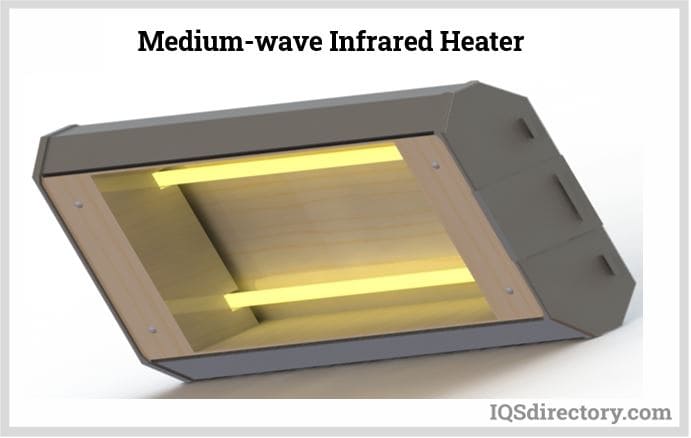
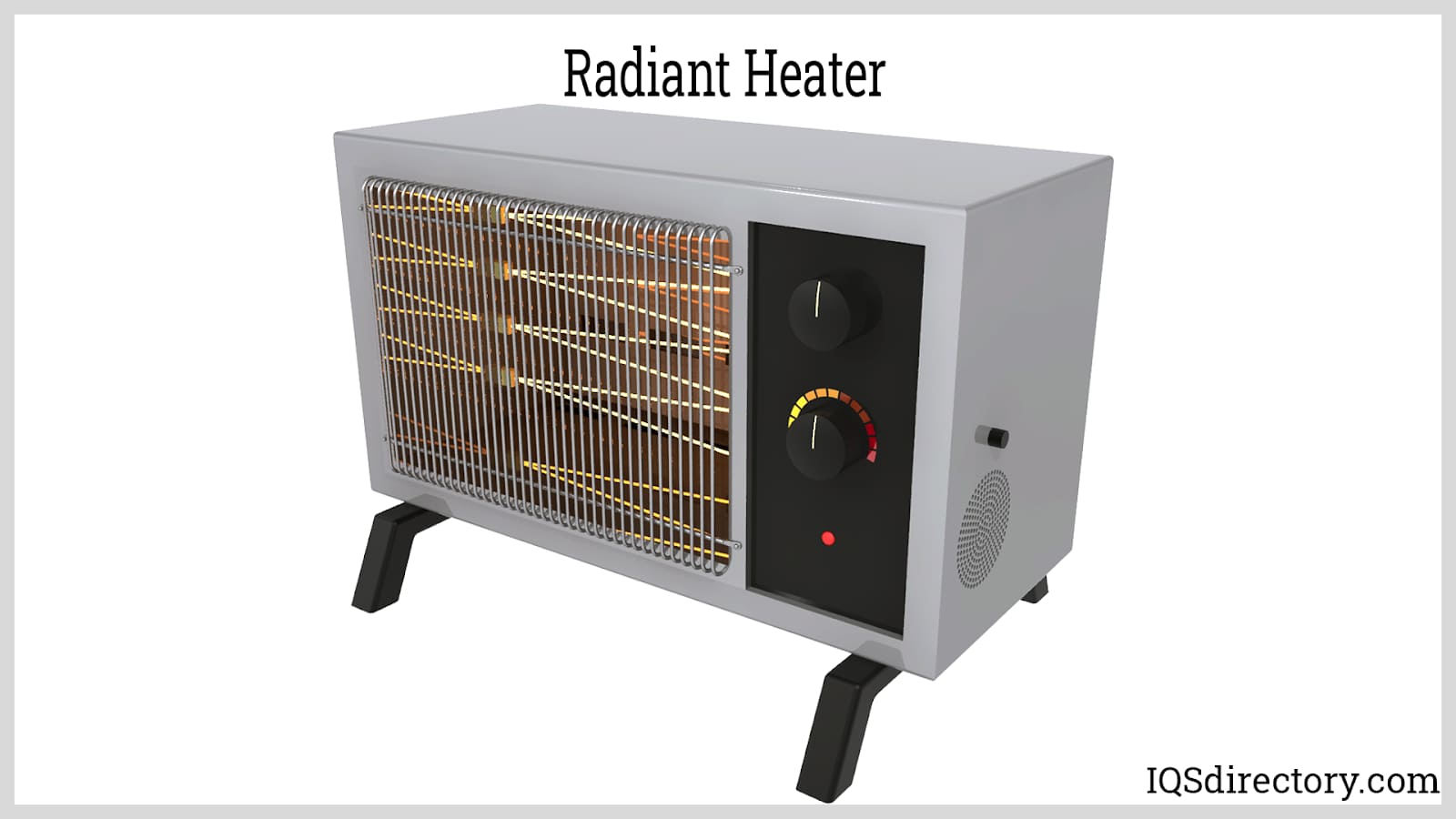
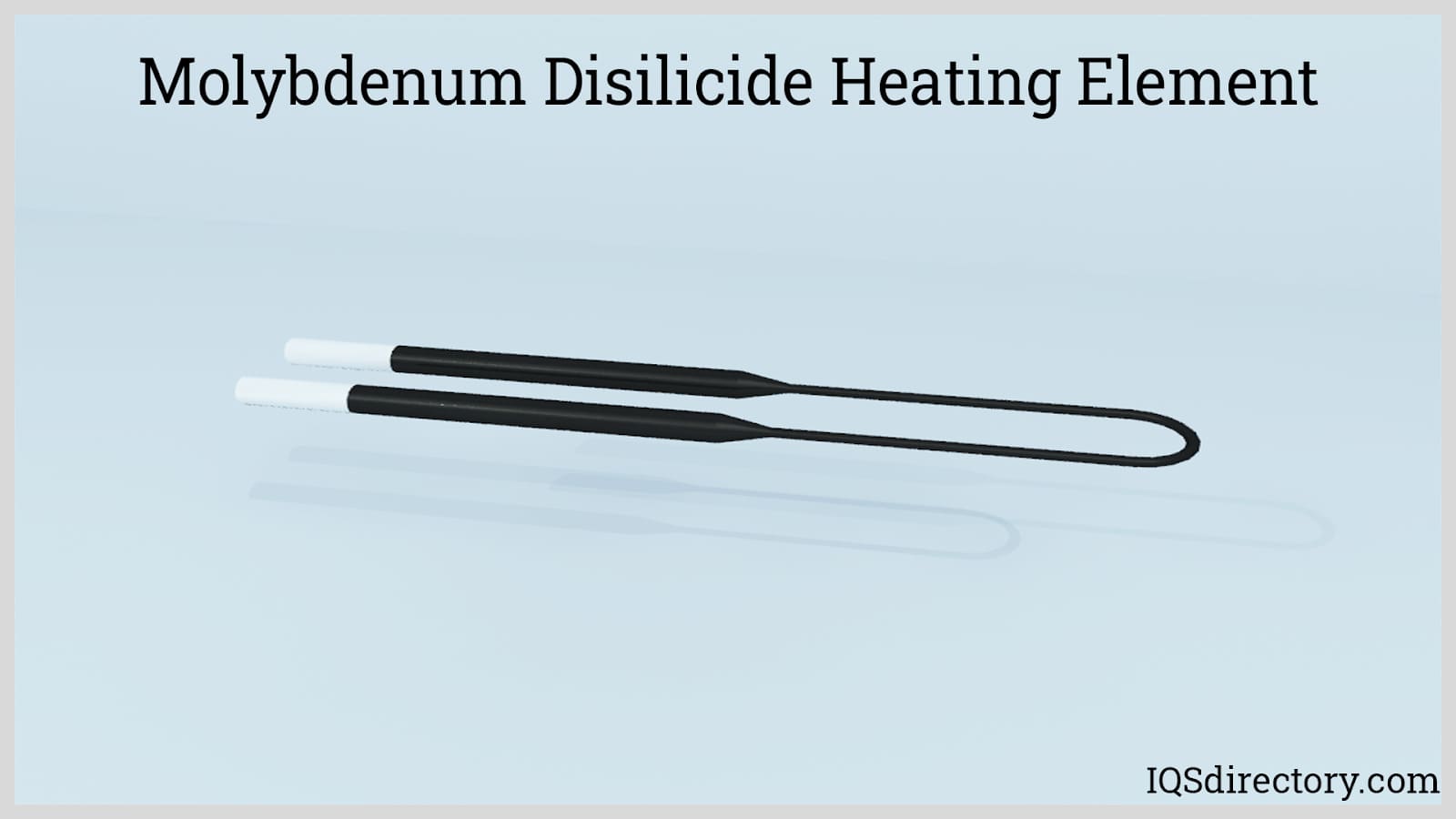
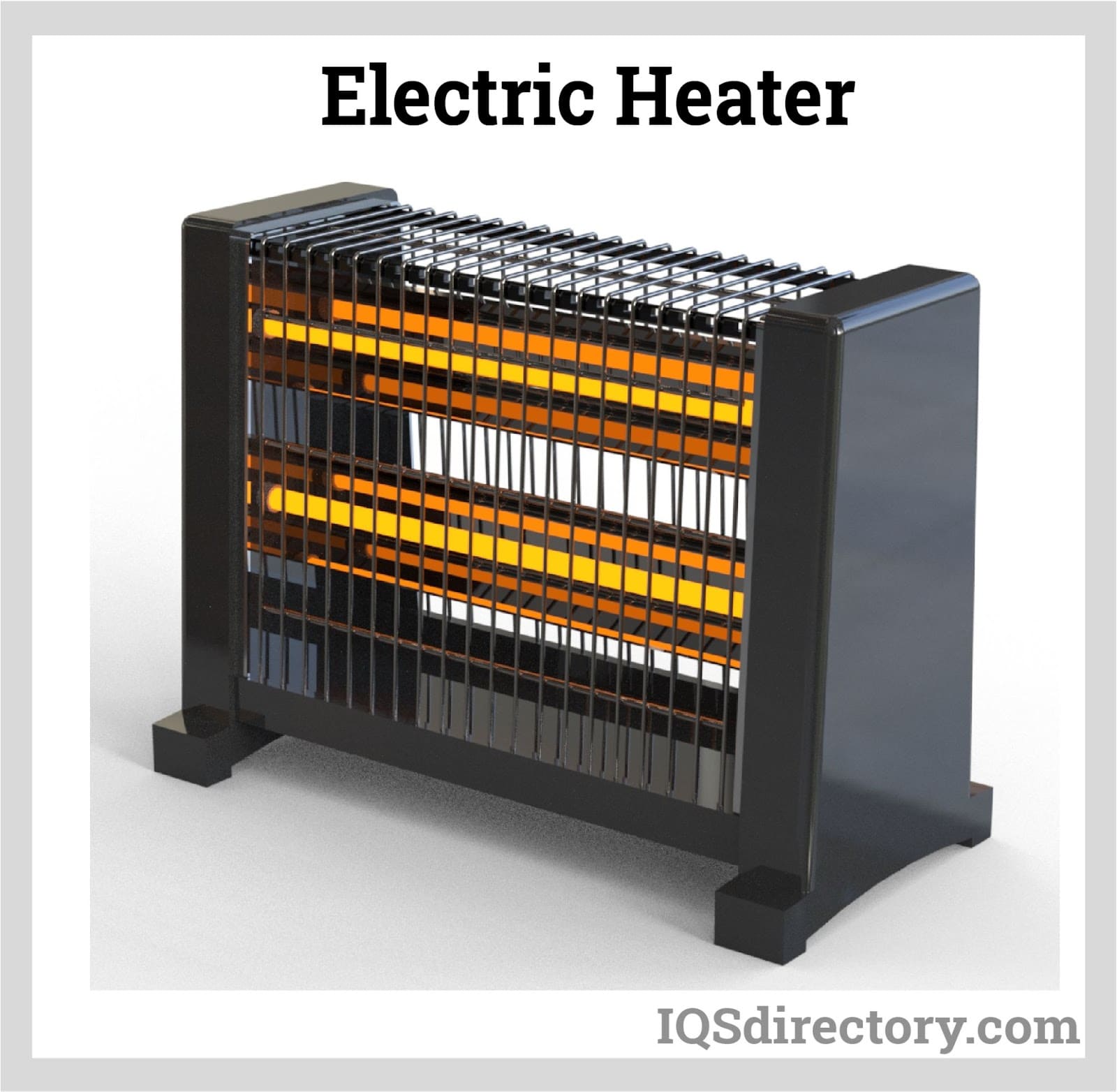
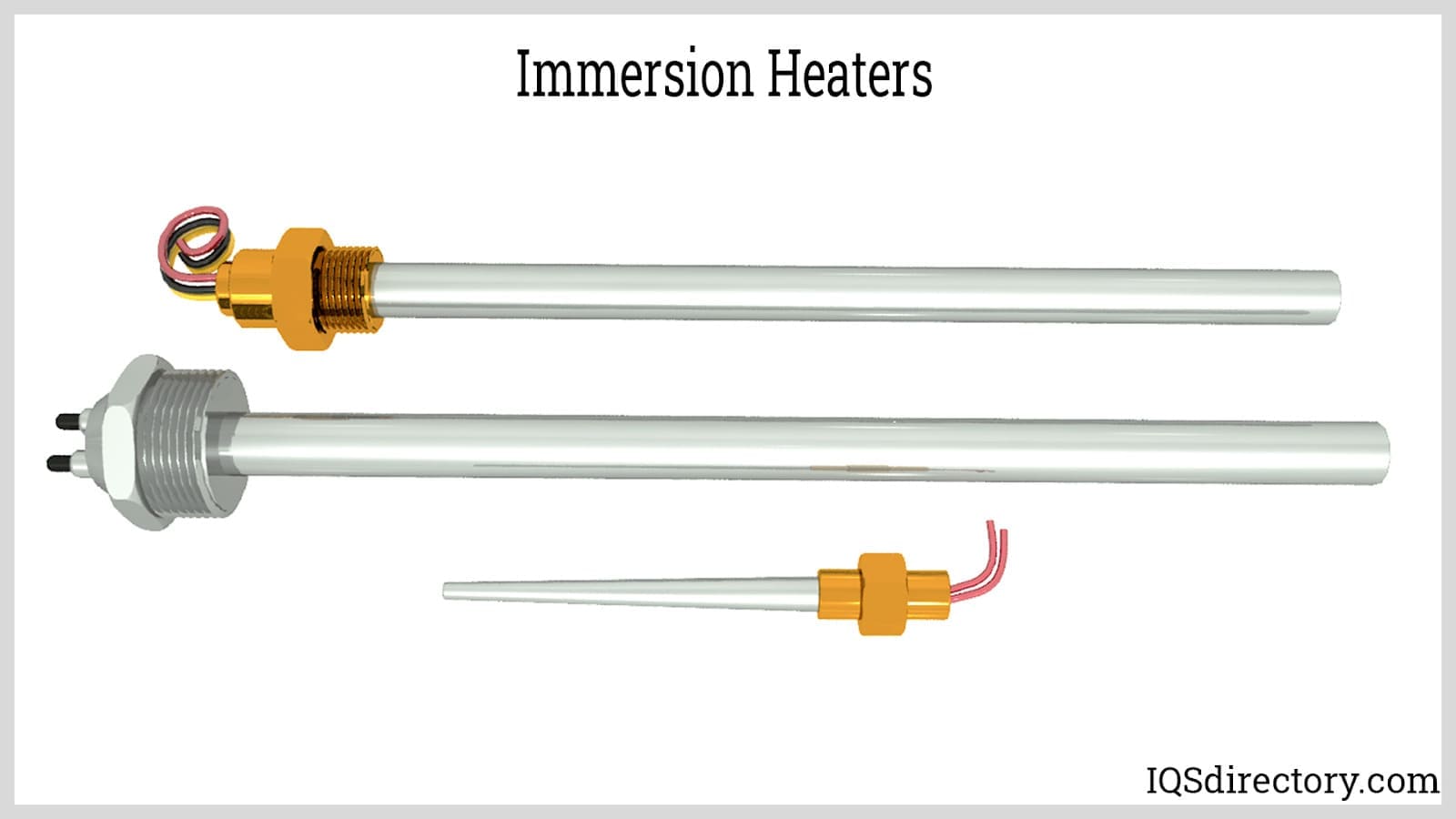
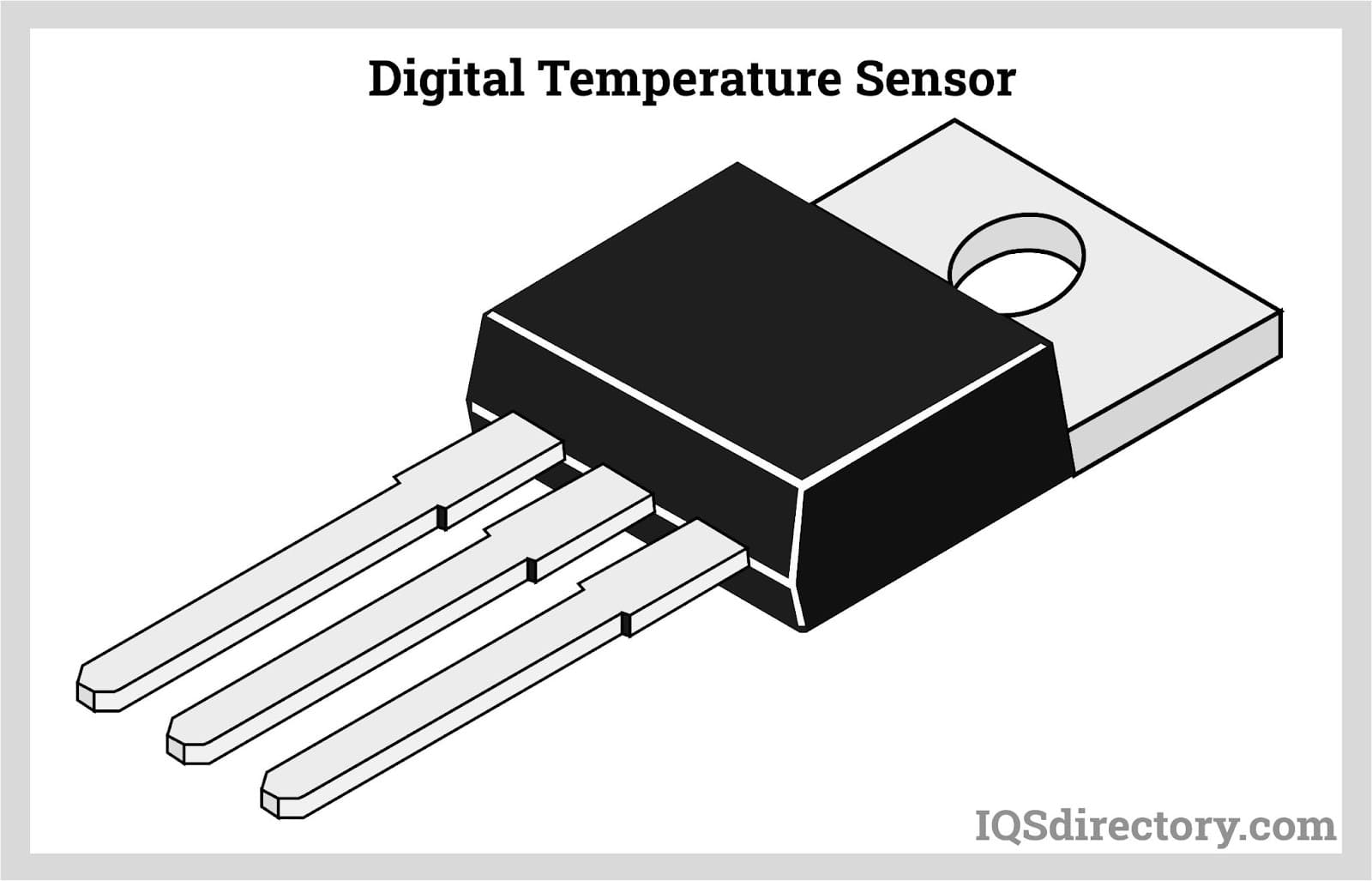
 Cartridge Heaters
Cartridge Heaters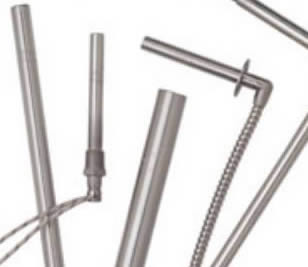 Electric Heaters
Electric Heaters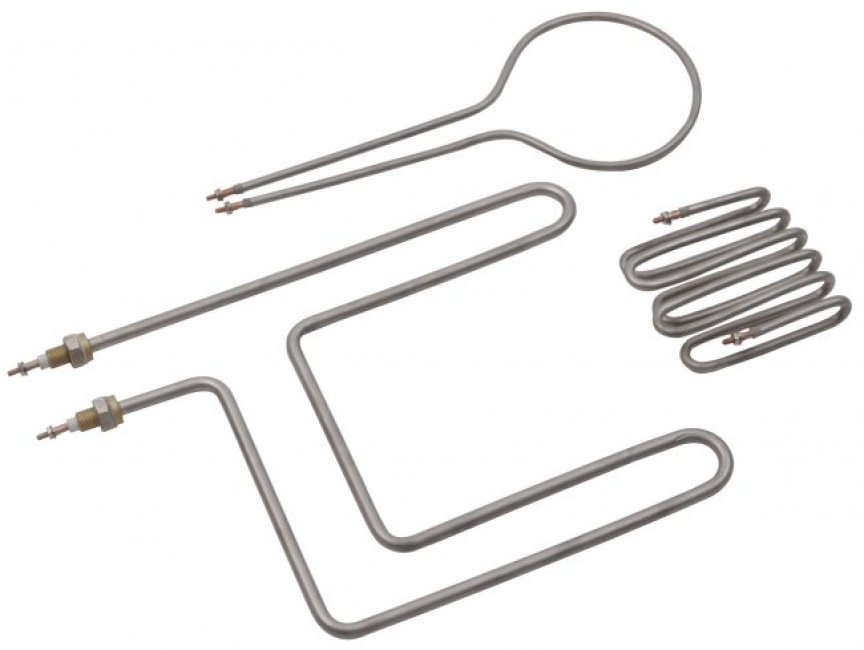 Heating Elements
Heating Elements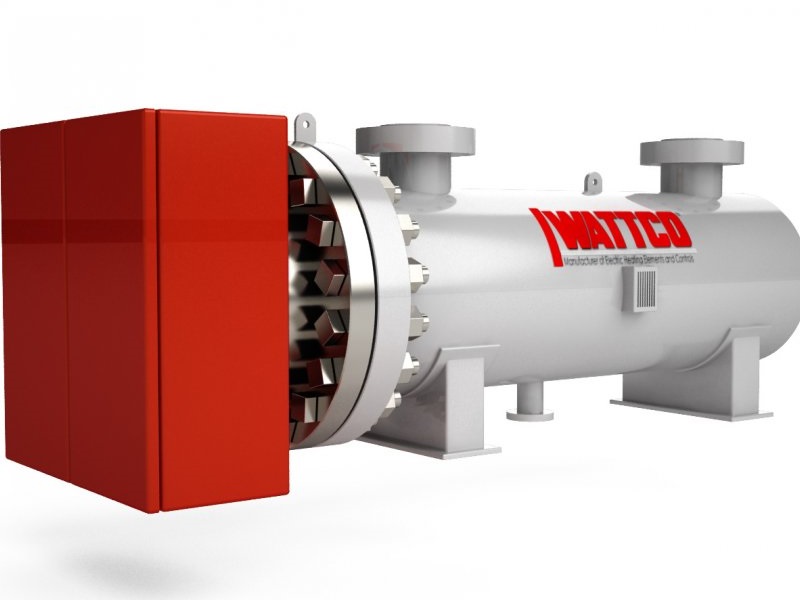 Immersion Heaters
Immersion Heaters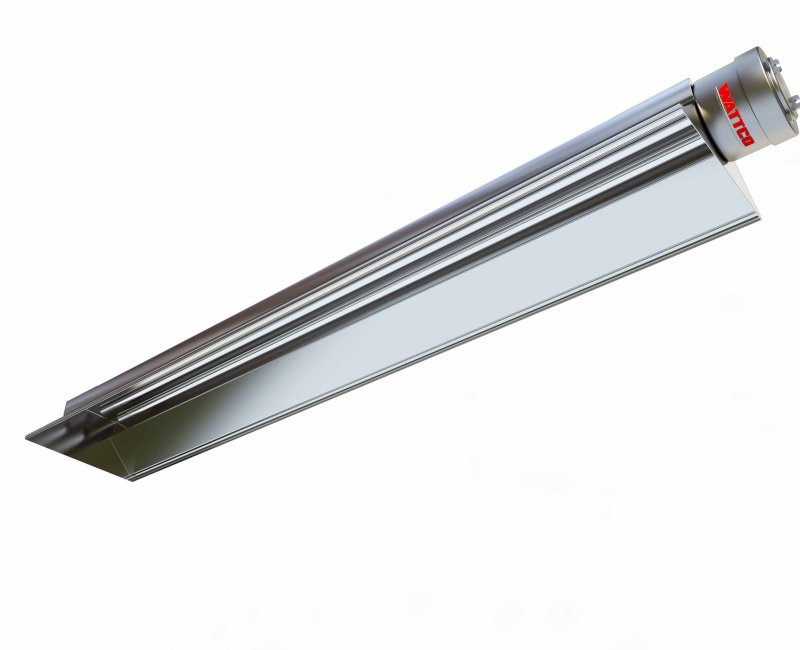 Infrared Heaters
Infrared Heaters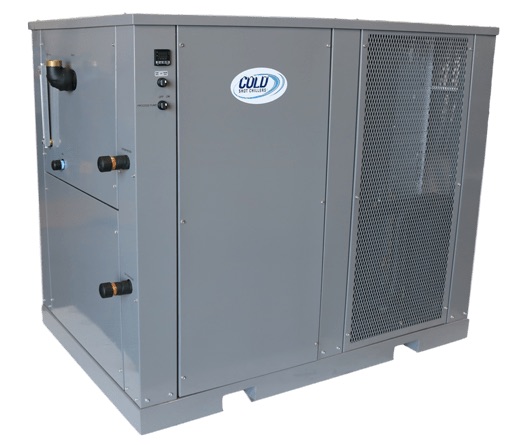 Air Conditioners
Air Conditioners Castings & Forgings
Castings & Forgings Bulk Material Handling
Bulk Material Handling Electrical & Electronic Components
Electrical & Electronic Components Flow Instrumentation
Flow Instrumentation Hardware
Hardware Material Handling Equipment
Material Handling Equipment Metal Cutting Services
Metal Cutting Services Metal Forming Services
Metal Forming Services Metal Suppliers
Metal Suppliers Motion Control Products
Motion Control Products Plant & Facility Equipment
Plant & Facility Equipment Plant & Facility Supplies
Plant & Facility Supplies Plastic Molding Processes
Plastic Molding Processes Pumps & Valves
Pumps & Valves Recycling Equipment
Recycling Equipment Rubber Products & Services
Rubber Products & Services